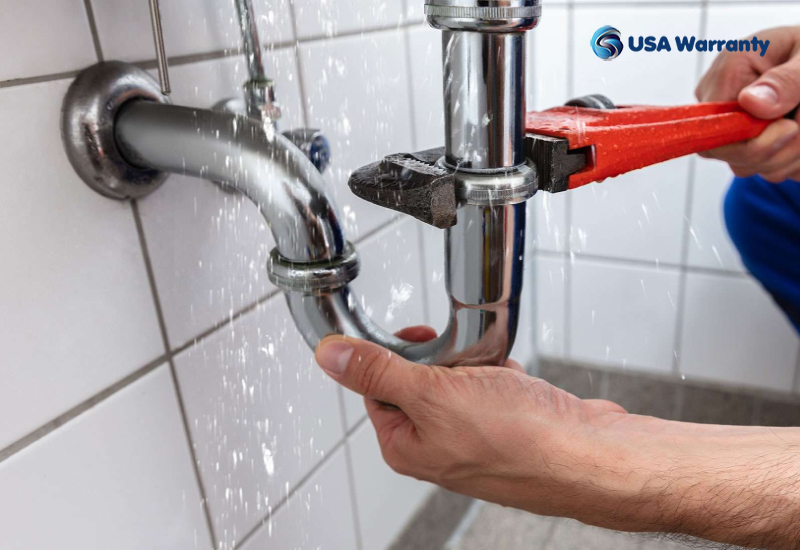
- November 16, 2021
- homewarrantyadmin
- 0 Comments
- 544 Views
The Complete Home Plumbing Maintenance Checklist
Maintaining a home is a very difficult task as maintaining a property can feel like a full-time job. Since your home is your greatest financial asset, good condition not only provides comfort but also protects your home investment.
Plumbing in your home is just one aspect of your home that needs to be looked after all year round. Remember that your plumbing system includes sinks, toilets, showers, and tubs, as well as washrooms and external connections for hoses and irrigation systems.
Below is a simple checklist to help you identify even a simple plumbing problem that needs to be resolved to become a real problem.
- First you need to know the number of appliances and plumbing in your system, which includes not only the plumbing program that provides toilets, sinks, showers, and bathtubs on your property, but also laundry services at your home. you can install a washing machine, sink and drain.
- Water and sewer lines are key intersection points for your water system and determine where it enters and leaves your home. You want to check for signs of a leak, including point watermarks
- Find out where pipes pass through the walls or floor of your home and look for signs of leakage and corrosion in open pipes. Signs of corrosion are green spots around the brass and copper fittings and valves. If not, corrosion could leak and damage piping.
- Measure the water pressure with the test gauges available from your local hardware store or home appliance store. It is used to measure water pressure in washbasin taps and showerheads. If the water pressure is low, debris is accumulating in the tap or showerhead, causing problems in the main water line. Remove all showerheads and tap strainers to check for debris.
- Check the drainage rates of each sink, shower, and bathtub. Clogged drains and vents are the main reasons for slow drainage. There must be a full vortex in all drains, and if bubbles appear as the water flows through it, there is a drainage problem.
- Check that coils are aligned and functioning properly. Examine the inside of the toilet cistern to see if anything is broken, missing, or rusty. Be sure to replace any damaged, rusty parts or call a professional plumber to get the job done. Don’t forget to look for toiletries that won’t escape after washing. You should check the toilet for signs of water or water leaks.
- Look for cracked tiles in the shower, near a sink, or near household water pipes as this is or was a sign of a leak. Loose or hollow tiles will rot due to leakage under or at the end of the tiles.
- Check that the gasket does not leak from the tub, sink, or toilet.
- Check for dew in the standing water, which may also indicate leakage of harmful build-up of water.
- Check each toilet for wobble and movement.
- Check the washing machine hoses for cracks. It should bend easily and if the tube is brittle, it should be replaced.
- Look for rust flakes in the boiler room combustion chamber and check the boiler flame, which must be blue and free from yellow flame indicators. Yellow means the nozzles need cleaning.

Leave a Comment